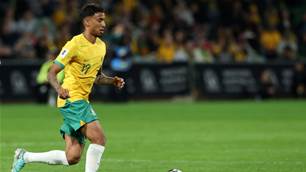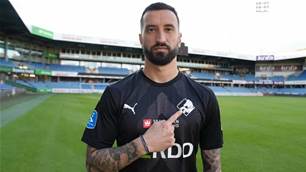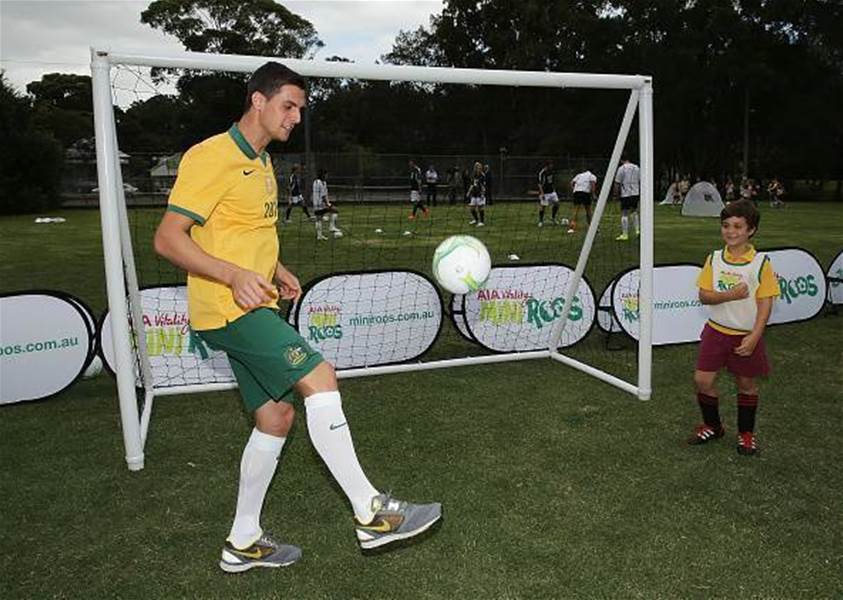At this crucial time for football’s future, what are the three most important issues the incoming Football Federation Australia (FFA) Technical Director must address?
The new TD will report to FFA CEO David Gallop and comes in during a tumultuous time for the game.
With the appointment set to be announced very soon (nine months after previous TD Eric Abrams departed the national governing body), FFA needs to show leadership in the technical direction and overall development structure in Australia.
FTBL spoke to three qualified Australian coaches in different areas for their thoughts on the three most important areas the new TD needs to address.
Karl Dodd: head coach of Guam national team. Former A-League and Scottish Premiership defender, head of high-performance Brisbane Roar, head coach and Technical Director in NPL, AFC Professional Diploma, currently taking Pro Licence with FFA
1. Reduce coach education costs
2. Reduce user pay fees at NPL clubs
3. Have a clear holistic Australian developmental curriculum (technical, tactical, psychological, physiological, physical and sociological)

Scott Miller: former A-League head coach, Socceroos assistant, nine years with Fulham FC as fitness/assistant coach, Aalborg (Denmark) assistant coach, currently coaching in NPL, AFC Pro Diploma UEFA A-Licence, tertiary degrees in sports science and sports psychology
1: Analysis. Analyze and review the current situation to determine it from a philosophy and strategic perspective. In order to gain clarity on what has happened before and how it’s been tested and measured. You can’t move forward if you don’t review the past in order to implement a strategy based on key learnings from any previous mistakes or successes.
2: Recruitment. Getting the best-fit coaches for junior coaching roles. Unfortunately, good coaches aren’t cheap. But to implement the vision, you need the right people. So who best fits in key areas in U23s, U20s, Joeys, and further down the line is key.
3: Budget and role clarity. Find the right people and defining what the role is, is vital. People talk about TDs and it’s unclear if the role is about underpinning coaching philosophies, coach education or player development. Is it member federations or solely junior national teams? It all needs to be very clear.
I don’t think players should be taught one system of play. My experience in Europe has been that young players are taught to play football in numerous systems. We focus on the four corners approach: technical, tactical, physical and psychological.
Players coming through Europe can play numerous systems, which means they are adaptable and can adapt to different countries and styles quicker because of their education. I firmly disagree that all kids coming through our curriculum only play 4-3-3. It’s to their detriment.
And I’m seeing it at NPL level now, where all they can play is 4-3-3 and so our players’ education is limited.

Gary Phillips: former NSL player/title winning NSL coach, formerly in high performance, Technical Director/Coach education, National Youth teams, W-League, Matildas assistant 2009 Asian Cup, TD for North Coast Football, working for FFA delivering advanced courses, AFC/ FFA A Licence
1: Re-establish the centre of excellence for U17s to U20s (around World Cup age groups effectively U15/16s and U17/18s, both genders)
2: Ensure A-League clubs are required to have TDs, and re-establish a full National Youth League - not half a dozen or so games each NYL season.
3: We need to establish an AFC Youth League (say U18) like UEFA U19 League, so we’re consistently competing against the best... our top A-League youth teams qualify in a similar way as AFC Champions League.
Related Articles

Socceroos midfielder embraces move to England

Cardiff City snap up sought-after Socceroos starlet













